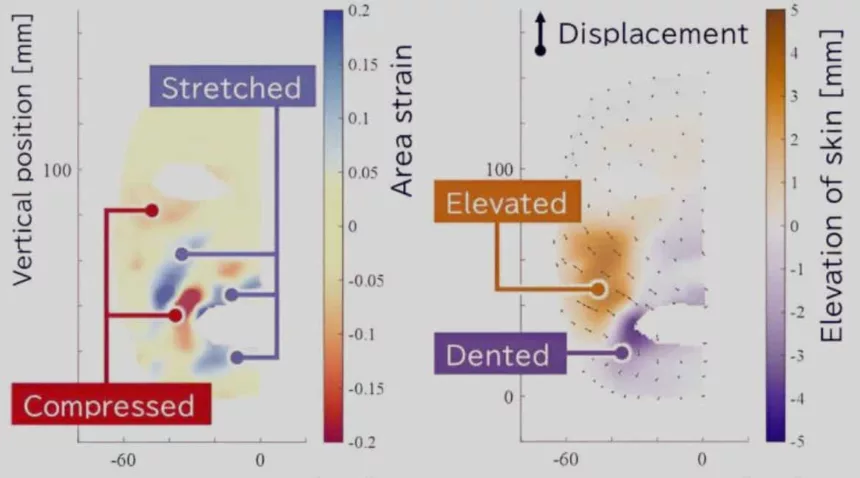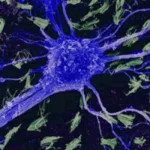Robots showing human emotions have always been part of science fiction. Now, Japanese researchers are making it real by studying how real human faces move.
In a study in the Mechanical Engineering Journal, a team from Osaka University used 125 markers on a person’s face to study 44 different facial movements, like blinking or smiling. Faces are complex, with muscles, fat, and other tissues working together to show emotions, from a big smile to a small lift of the mouth corner. These details make facial expressions subtle and tricky to recreate artificially.
Until now, measurements focused on overall face shape and the motion of specific points on the skin.
“Our faces seem simple, but they are amazing information displays,” says Hisashi Ishihara, the study’s main author. “Facial expressions can reveal hidden emotions, fatigue, or nervousness.”
The study helps researchers working on digital and physical artificial faces. Understanding the tensions and compressions in facial structures makes artificial expressions more accurate and natural.
“The structure beneath our skin is complex,” says Akihiro Nakatani, the senior author. “This study explains how simple facial actions can create sophisticated expressions.”
The findings also have applications in facial recognition, medical diagnoses, and improving facial movements in computer graphics for movies and video games, preventing the ‘uncanny valley’ effect.
While the study focused on one person, the researchers aim to expand their understanding of human facial movements for broader applications.
Stay up-to-date on the latest tech and auto news and insights! Follow us on Google News, Instagram, X (formerly Twitter), Pinterest, and Facebook for daily updates.










